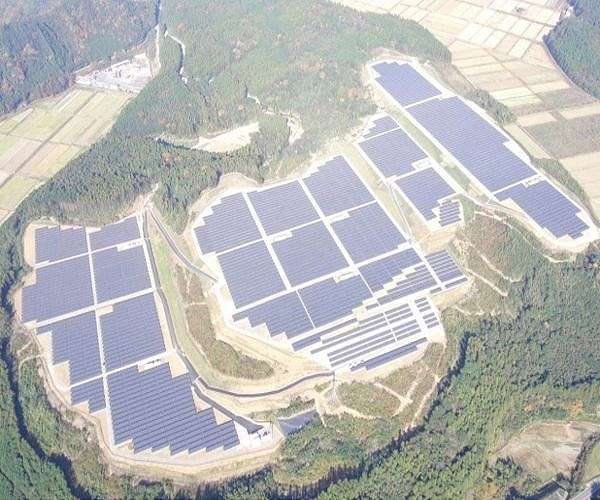Towards better solar cells through unique electricity generation
Researchers in Japan have experimentally demonstrated for the first time the bulk photovoltaic (BPV) effect in alpha-phase indium selenide (a-In2Se3) along the out-of-plane direction, potentially leading to advances in solar cell technologies and photosensors. This unusual effect allows certain materials to outperform conventional p-n junctions used in current solar cells.
The BPV effect, observed in materials lacking internal symmetry, generates ‘shift currents’ where photoexcited electrons move coherently in a specific direction, unlike traditional solar cells. The team, led by Associate Professor Noriyuki Urakami of Shinshu University, focused on the predicted but previously untested a-In2Se3 and created a device that successfully demonstrated the BPV effect.
“Our a-In2Se3 device showed a quantum efficiency several orders of magnitude higher than that of other ferroelectric materials,” said Prof. Urakami, adding that the discovery could influence the selection of materials for future photovoltaics devices.
The researchers hope their findings will help generate renewable energy, accelerate the adoption of solar cells and further efforts toward a carbon-neutral society.
Research report:Bulk photovoltaic effect of an alpha phase indium selenide (a-In2Se3) crystal along the out-of-plane direction


